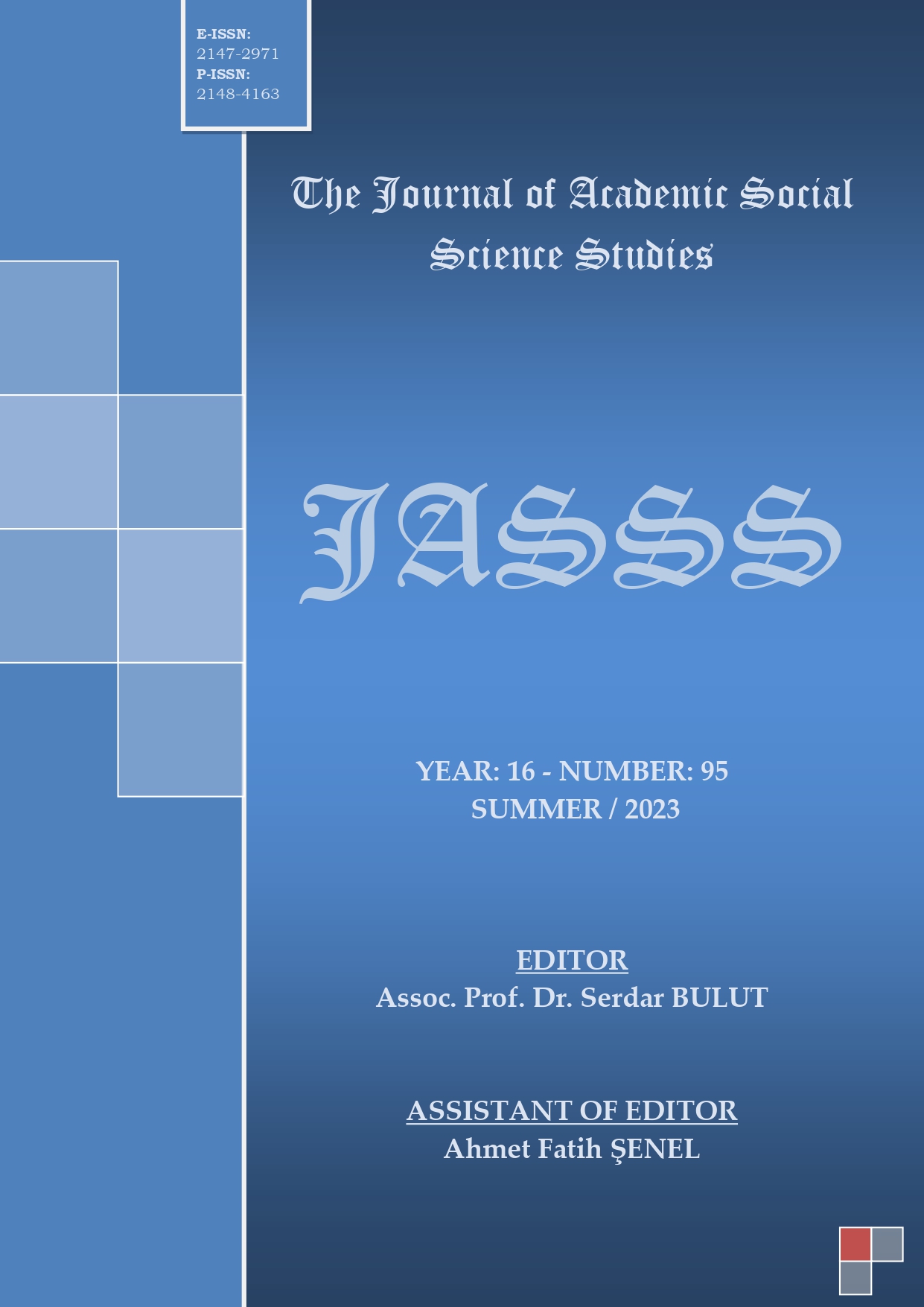Author :
Abstract
Değişim, dilin özünde var olan bir özelliktir. Bir dil, kendi içerisinde nasıl sürekli bir değişime tabi oluyorsa, o dili konuşan toplumun bazı kesimleri de çeşitli nedenlerle değişik bölge ya da ülkelerde, kimi zaman da aynı ülke içerisinde, genel dilden ayrılmakta ve başkalaşmaktadır. Böylece dil, her birinin kendine has özellikleri olan birçok lehçeyi kapsamaktadır. Bu lehçelerin hepsi de dilsel nitelikler ve diğer dillerden kendisini ayıracak, başlı başına bir dil haline getirecek ifade alışkanlıklarında ortaktırlar. Bu başkalaşmanın temel amili, dilin alanının genişlemesidir. Dillerin alanları farklıdır. Değişme bu alanların oranına göre gerçekleşir. Fakat dilin yayılması tek başına ve doğrudan bir müessir değildir; bilakis başka amillere zemin hazırlayıcı bir vasıtadır. İçtimai-siyasi, içtimai-edebi, coğrafi, etnik-fizyolojik ve ferdi farklılıklar ile diller arası çatışma gibi amiller bu noktada müessir olan etkenlerdir. Bu makalede Sâmî diller arasında önemli bir yere sahip olan ve Kur’an dili olması özelliğiyle günümüze kadar da gelişerek varlığını sürdüren Arap dilinin lehçeleri kısaca tanıtılmaya çalışılmıştır. Bu bağlamda kuzey ve güney lehçelerinden oluşan Arap lehçelerinin temel özelliklerinden bahsedilmiştir. Bunun için lehçelerin ortaya çıkış sebepleri, güney ve kuzey lehçelerinin hususiyetleri açıklanmış, bu arada en fasih lehçe tartışmasına da değinilmiştir. Ardından da lehçeler arasındaki temel farklılıklar ve kabile lehçelerinde kaba sayılan meşhur bazı ifadeler örneklerle makale çerçevesinde ele alınarak izah edilmeye çalışılmıştır.
Keywords
Abstract
The Change is an inherent feature of language. Just as a language is subject to a constant change within itself, some segments of the society speaking that language also differ from the general language for various reasons, in different regions or countries, sometimes within the same country. Thus, the language encompasses many dialects, each of which has its own characteristics. All of these dialects have common linguistic qualities and expressive habits that will distinguish it from other languages and make it a language on its own. The main reason for this change is the expansion of the field of language. Languages’s fields are different. The change takes place according to the proportions of these areas. But the spread of language is not alone and directly effective; on the contrary, it is a means of preparing the ground for other factors. Factors such as social-political, social-literary, geographical, ethnic-physiological and individual differences and conflicts between languages are influential at this point. In this article, the dialects of the Arabic language, which has an important place among the Semitic languages and which has developed and continued to exist until today as the language of the Qur'an, have been tried to be introduced briefly. In this context, the basic features of the Arabic dialects consisting of northern and southern dialects are mentioned. For this reason, the reasons for the emergence of the dialects and the characteristics of the southern and northern dialects are explained, meanwhile, the most fluent dialect (al-faṣīḥ) debate is also mentioned. Then, the basic differences between the dialects and some of the famous expressions that are considered rude in the tribal dialects are tried to be explained within the framework of the article with examples.





